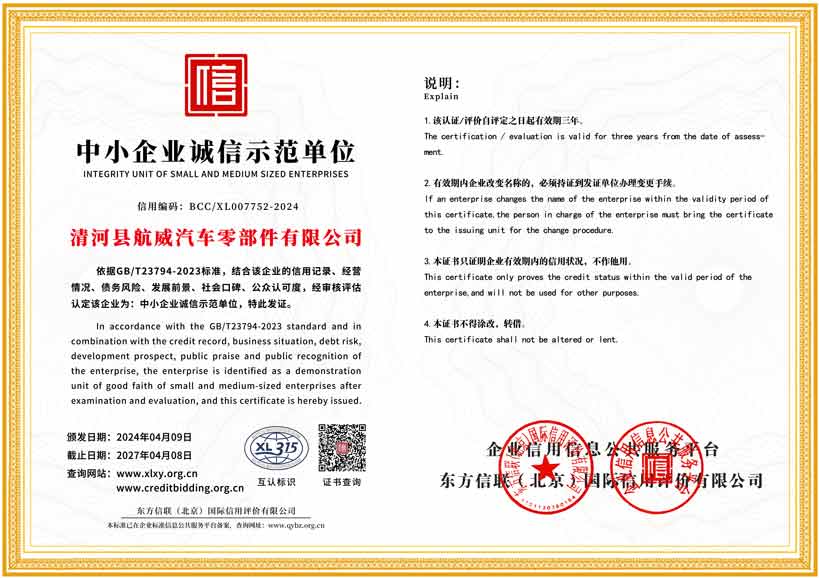throttle cable wire
Understanding the Throttle Cable Wire An Essential Component in Motor Vehicles
The throttle cable wire is a critical component in many motor vehicles, playing a significant role in controlling the engine's power output and overall performance. This slender yet robust wire connects the throttle pedal to the engine's throttle body, enabling drivers to manage speed and acceleration with precision. Understanding how this cable works, its construction, and potential issues can enhance both driver experience and vehicle maintenance.
Construction and Functionality
Typically made of durable materials such as steel, the throttle cable wire is designed to endure the rigors of constant movement and tension. The cable runs from the accelerator pedal to the throttle body, where it regulates the amount of air (and, consequently, fuel) entering the engine. When the driver presses the accelerator pedal, this action pulls the throttle cable, which opens the throttle valve. The more the driver presses down, the wider the valve opens, allowing more air into the engine and increasing the power generated.
The throttle cable wire is often encased in a plastic or rubber sheath that protects it from environmental factors such as dirt, moisture, and temperature extremes. This sheath ensures smooth operation by reducing friction, allowing for responsive acceleration. Any wear or damage to the cable or its sheath can lead to poor performance, such as delayed acceleration or, in extreme cases, complete failure of the throttle system.
Common Issues with Throttle Cable Wires
Like any automotive component, throttle cable wires can experience wear and tear over time. One common issue is fraying, where the wire begins to show signs of wear due to repetitive movement. This can lead to a loss of tension, resulting in unresponsive or erratic throttle behavior. Regular inspection of the cable for signs of damage is essential for maintaining vehicle safety and performance.
throttle cable wire

Another issue may stem from improper adjustment. If the cable is too loose, it may not fully engage the throttle body, leading to sluggish acceleration. Conversely, if it is too tight, it may cause the throttle to remain open, which poses a significant safety hazard. Proper adjustment should always be handled by a qualified mechanic to ensure that the vehicle operates as intended.
Maintenance and Replacement
Regular maintenance checks are crucial for the health of the throttle cable wire. Drivers should routinely inspect for signs of wear, fraying, or corrosion. If any issues are detected, replacing the cable promptly can prevent more significant problems and ensure the vehicle remains responsive.
The process of replacing a damaged throttle cable wire is typically straightforward. It involves disconnecting the old cable from both the throttle pedal and the throttle body and then installing the new cable in the same configuration. Proper adjustment will also be required to ensure optimal performance.
Conclusion
In summary, the throttle cable wire is a vital element in the operation of motor vehicles, impacting performance, safety, and driving experience. By understanding its function and the common issues that can arise, drivers can take proactive steps in maintenance and care. Regular inspections and prompt repairs or replacements can ensure that the vehicle remains in top shape, allowing for smooth and responsive driving on the road. Whether you're an everyday driver or a car enthusiast, a healthy throttle cable wire is essential for a seamless driving experience.
-
Workings of Clutch Pipe and Hose SystemsNewsJun.04,2025
-
The Inner Workings of Hand Brake Cable SystemsNewsJun.04,2025
-
The Secrets of Throttle and Accelerator CablesNewsJun.04,2025
-
The Hidden Lifeline of Your Transmission Gear Shift CablesNewsJun.04,2025
-
Demystifying Gear Cables and Shift LinkagesNewsJun.04,2025
-
Decoding Clutch Line Systems A Comprehensive GuideNewsJun.04,2025
